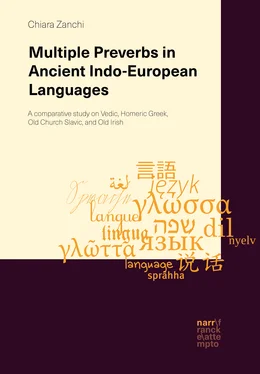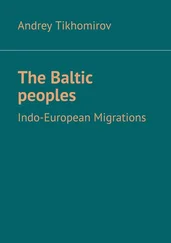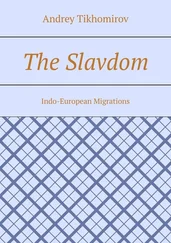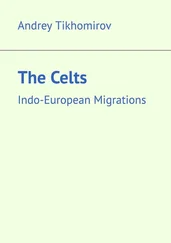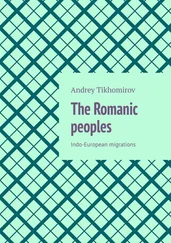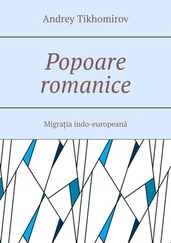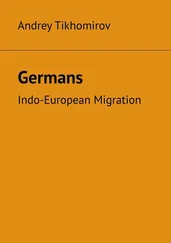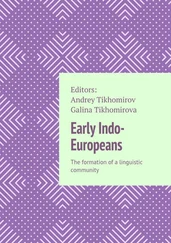1 ...7 8 9 11 12 13 ...21 Finally, two other (non-obligatory) stages of grammaticalization are cliticization and morphologization. In these, the grammaticalized form loses its independency, both at the phonological and syntactic levels. For example, the grammaticalization path of Indo-European local adverbs includes the following loss of independency: local adverbs first develop into clitic preverbs, and subsequently into prefixes that cannot be displaced from their hosting verbs (cf. Chapter 3).
The concept of grammaticalization is grounded on the dichotomy of “lexical” vs. “grammatical” forms. However, grammaticalization studies contributed to blurring this clear-cut distinction (e.g. Lehmann 1985, 1995[1982]; Hopper & Traugott 1993; DeLancey 2001). In assuming a continuum between lexicon and grammar, most versions of grammaticalization theory go hand in hand with functionalist and usage-based models of language, including Cognitive Grammar (Narrog & Heine 2011: 9; Section 2.1).
As with the term gradualness, the term gradience – here regarded as a synchronic phenomenon relating to the continuum of categoriality and grammaticalness (Traugott & Trusdale 2010: 22) – allows for a two-fold interpretation. To begin with, the members of a certain category do not fit equally into that category; rather, there can be better or worse representatives of the said category. This interpretation of gradience involves only a single category. In contrast, the second interpretation involves at least two categories, which are not understood as discrete and separated by clear-cut boundaries, but instead as constituting a continuum . Going back to the traditional dichotomy between lexicon and grammar, as certain as it is that there do exist linguistic elements that are either clearly grammatical (e.g. case inflections) or clearly lexical (e.g. nouns and verbs), it can be difficult to draw a sharp line dividing the categories of grammatical and lexical forms. Rather, linguistic forms are likely to be placed on a continuum of grammaticality and, accordingly, to be given a degree of grammaticality (cf. further the discussion on prototypical categories and prototypes at Section 2.3.1). Thus, one and the same linguistic element can be polysemous, in that it simultaneously expresses different lexical meanings, and also serves grammatical functions. In such cases, a number of scholars speak of “polygrammaticalization” (e.g. Craig 1991), whereby a single lexical item gives rise to multiple distinct paths of development.
It is important to note that lexical morphemes develop into grammatical morphemes, but also that specific grammatical morphemes tend to emerge regularly from specific lexical sources cross-linguistically. Thus, grammaticalization is based on non-random linguistic sources (e.g. Traugott 1988; Givón 1979; Bybee 1988; Bybee, Perkins & Pagliuca 1994; Heine et. al. 1991; various papers in Traugott & Heine 1991a, 1991b). For example, future tense constructions frequently develop from verbs that originally mean ‘want’, ‘go’, or ‘have’. One such case is found in the Romance languages, in which the emergence of synthetic future conjugations results from the univerbation of the auxiliary habere ‘have’ with an infinitive (e.g. It. canterò ‘I will sing’ < Vulg.Lat. cantare :INF habeo :PRS.1SG , which originally means ‘to sing’ + ‘I have’; cf. Benveniste 1968; Hopper & Traugott 1993). Causative morphemes regularly develop from serialized or complement-taking verbs with meanings like ‘make’, ‘give’ or ‘send’ (DeLancey 2001). Such systematic developments also suggest that grammatical functions must include a portion of semantic content, rather than being purely structural, which is one of the main claims of Cognitive Grammar (cf. Section 2.1).1
In addition, as all these developments are gradual (cf. Section 2.2.3.1), there must be a diachronic stage in which a given form shows multiple functions, and thus displays an intermediate and uncertain categorial status (cf. the discussions on Vedic and Homeric Greek preverbs in Chapters 4 and 5). However, the categorial status of such items is uncertain or ambiguous only from the linguists’ standpoint, not from that of speakers, who naturally employ a certain form or a certain construction with its different meanings and functions. Therefore, not only can categories be said to be non-discrete, but they are also not even a priori given to linguists; rather, linguistic categories emerge from speakers’ language use and can be abstracted by the linguists through data observation (cf. Haspelmath 2007b).
2.2.3.3. The intersection between gradience and gradualness
As discussed in Section 2.3.2, at a synchronic level, it is often impossible unambiguously to assign a morpheme or a construction to a discrete grammatical category (e.g. Hopper 1987; Givón 1979; Haspelmath 2011). Such synchronic gradience can be seen as a side-effect of diachronic gradualness (Hopper 1987; Bybee & Hopper 2001). In other words, “since grammaticalization is generally regarded as a gradual diachronic process, it is expected that the resulting function words form a gradient from full content words to clear function words” (Haspelmath 2001: 16539). This relies on the continuum that characterizes grammaticalization, which provides a more useful basis for understanding even the synchronic gradience structure. In this light, grammaticalization approaches also call into question the traditional dichotomy between synchronic vs. diachronic analyses (cf. Mithun 2011 for a discussion and a case-study on Navajo, a Na-Dené language spoken in Arizona, New Mexico, Utah, and Colorado).
Such an approach to grammaticalization, which is based on the assumption that its diachronic gradualness results in a synchronic gradience, is particularly helpful to analyze the development of preverbs, especially in a sample including languages that are diachronically distributed (roughly, Vedic: 18 th–12 thcenturies BC; Homeric Greek: 8 thcentury BC; Old Irish: 7 th–9 thAD; Old Church Slavic: 9 th–11 thcenturies AD; cf. Section 1.3), and whose corpora are intrinsically diachronic, such as those of Vedic, Homeric Greek, Old Church Slavic and Old Irish (cf. Chapter 1). As discussed in Chapters 4 and 5, the Vedic and Homeric languages especially mirror the stratification of different stages of Old Indo-Aryan and Ancient Greek. Thus, a purely synchronic analysis would have led to a multiplicity of categories, as a number of linguistic forms, including preverbs, show multiple functions and, from the linguists’ viewpoint, seem to belong to more than one category. Rather, the uncertain behaviors shown by a number of forms arguably reflect the gradual steps in their grammaticalization path, which their diachronically stratified corpora show us.
2.2.4. Grammaticalization: an abused theoretical concept?
As touched upon in Section 2.2.2, the whole enterprise of grammaticalization has undergone serious critique in recent years. Joseph (2011: 193–194) summarizes the major themes that drew criticism as follows: (a) grammaticalization as a process or result; (b) privileging one cluster of developments over others; (c) alternative outcomes/results; (d) unidirectionality.1
The first criticism questions the nature of grammaticalization itself, by claiming that it is neither a distinct process nor a theoretically primitive concept, but rather merely a way of representing a whole series of independent linguistic processes or mechanisms of change, including for example sound change, semantic change, and reanalysis. Crucially, each of the mentioned changes also manifests itself independently of grammaticalization (cf. Campbell 2001; Joseph 2001, 2003, 2004, 2006, 2011, 2014; Newmeyer 2001). As Joseph discusses in several papers, by keeping the grammaticalization process separated from the other mechanisms of change, linguists needlessly increase the dimensions of language change, which are ultimately three: (i) the physiological dimension, which is relevant for sound change; (ii) the cognitive dimension, which is the basis for analogy (of which metaphor is understood as a subtype, that is, as a conceptual analogy) and reanalysis; (iii) the social dimension, which is critical for the diffusion of language changes. Should we add to these dimensions/mechanisms of change the grammaticalization process as a distinct type of development? Or, rather, should grammaticalization be merely a label for naming the result of independently occurring processes? (cf. Joseph 2011). Moreover, if one assumes that, indeed, grammaticalization constitutes a distinct process, it remains difficult to assess how many grammaticalizations produce a certain gram, i.e. how many processes of change result in a new grammatical item or category (cf. also Janda 2001; Fischer 2011b).
Читать дальше
